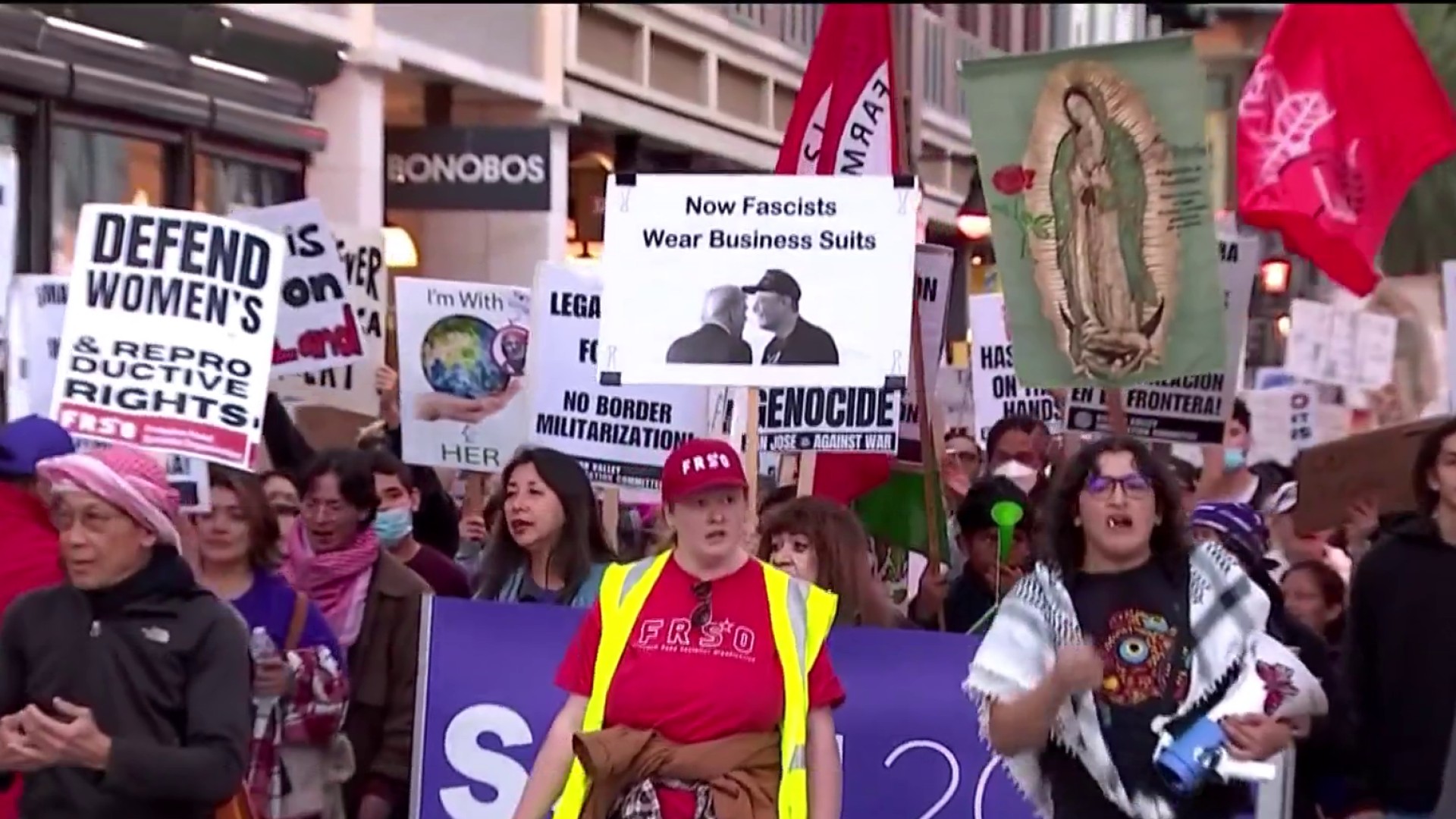Earlier this week, Gov. Jerry Brown declared California’s perpetually overcrowded prisons fixed. But Brown has yet to account for a potentially thorny issue. Sam Brock has the details in this Reality Check report.
The issue of overcrowded, underserved prisons- one of California’s largest and most expensive headaches- has officially been “remedied.”
At least, Governor Jerry Brown believes the problem is fixed.
“The prison emergency is over in California,” declared the governor Tuesday, addressing a pool of reporters at the Capitol.
“We’ve spent billions of dollars, we’ve hired hundreds, if not thousands, of professionals to make sure that we have excellent health care and excellent mental health care,” Brown continued.
Any other complaints lodged by the federal government after years of oversight are in Brown’s own words, “nitpicking,” at this point. And yet a 2009 mandate imposed by a three-judge panel, and backed by the Supreme Court, remains unmet.
California hasn’t satisfied benchmarks set by the court to reduce its prison population, and has no intention of achieving a hard June deadline of getting its population to 112,000 inmates.
So could Brown be right in asserting that California has finished the job of reforming its prison system?
Local
“No state, ever, in our history, has downsized its prison so fast, so quick and so dramatically,” said Joan Petersilia, Co-Director of Stanford Law School’s Criminal Justice Center. “So in that sense, the governor is correct.”
Petersilia is perhaps the one person in California most qualified to evaluate California’s prison reform efforts. The Stanford Law professor has chaired prison committees for former Governor Arnold Schwarzenegger, served as a consultant on the topic to Governor Brown, and is currently undertaking the most comprehensive study of realignment and prison reduction in the country.
Despite her amazement for how quickly California has downsized its system, however, Petersilia believes Governor Brown is in no position to declare the efforts to fix the state’s prison system, ‘complete.’
“The shortcoming [of the state’s policy] is that it allowed every county to become its own sentencing commission,” Petersilia noted. “Every county can decide who should go to prison, and who should stay locally.”
Under realignment, launched in 2011 and characterized by the state as “one of the most significant changes to California’s criminal justice system in decades,” leaders essentially shifted the burden of oversight for low-level offenders to the counties.
The problem here, per Petersilia’s point, is that the state implemented realignment without imposing stricter sentencing guidelines on localities.
“A lot of crimes can be charged either as a misdemeanor or as a felony,” Petersilia said, “and the district attorney makes that choice.” In California, there are also more than 500 ‘enhancements,’ or mechanisms used to increase the penalty for an existing crime, that are at the DA’s discretion.
“If you’re a DA who wants your criminals going to state prison, as opposed to local jail, you can just systematically use that discretion to make sure that person ends up in prison,” Petersilia said.
As she pursues her examination of realignment, Petersilia has already interviewed more than 50 officials from across California. Some have indicated they will go along with realignment and try to identify low-level offenders, Petersilia said, but many others have not.
“The question we’re asking them is, ‘how are you implementing realignment,’” Petersilia explained. “And some of them, like Los Angeles, are teaching deputies how to charge differently.
Specifically, make sure if you have the evidence that you charge so that the person goes to prison.”
The immense level of control handed over to local governments, at a time when many are strapped for cash and dealing with rising jail populations, begs a very important question: will the realignment strategy backfire and flood state prisons with inmates?
“We have *no idea how this thing will play out over time, so this is kind of the unknown question,” Petersilia concluded.
And so far, the early returns suggest her fears might be substantiated. After sharply reducing the inmate population by almost 30,000 people since realignment started in October of 2011, California has seen its prison population stabilize, and even start to climb.
The CDCR population projections for the next six years, according to the latest report, have California gaining about 2,700 inmates.
Of course, those projections don’t necessarily gauge the likelihood of local governments implementing stiffer penalties, and shipping would be jail residents off to prison.
Given the major, undetermined variable of what will happen to the prison population moving forward, Brown’s claim that California “fixed” its prison system is, for many, a tough sell.



